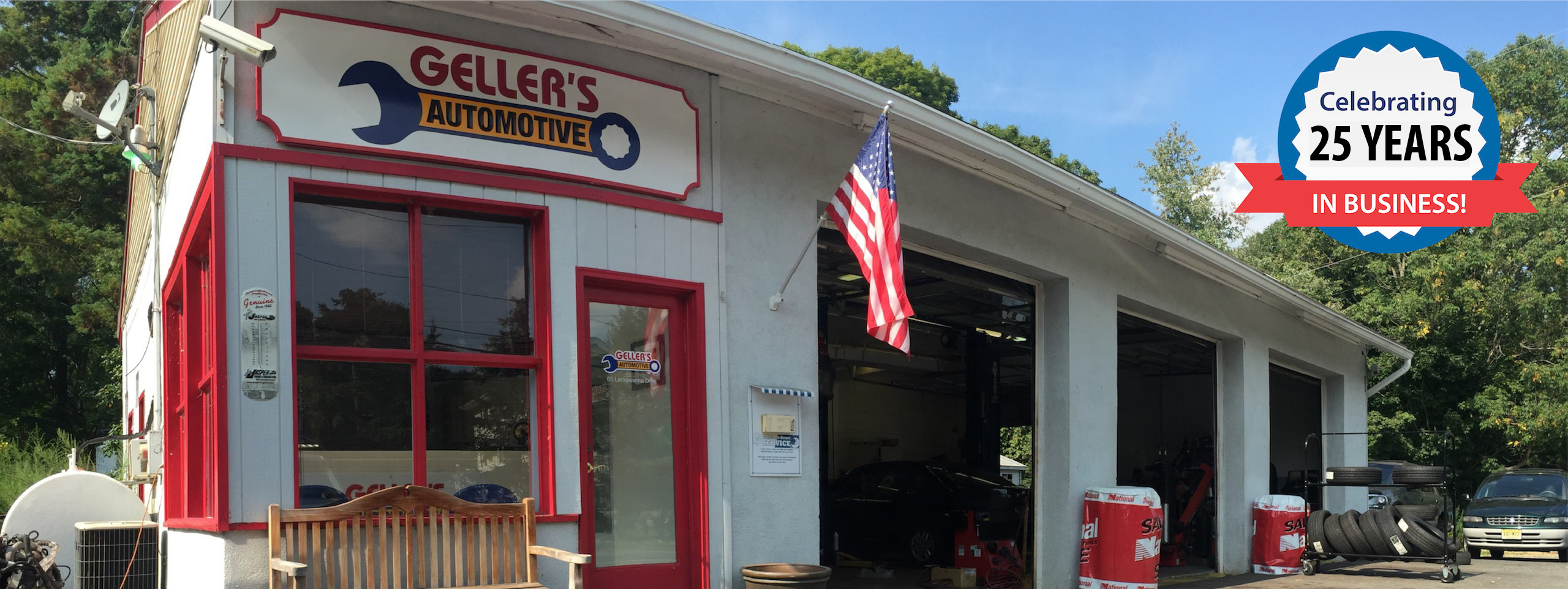
Often overlooked, your vehicle’s water pump is a critical component that helps to maintain the temperature of your engine. When a water pump fails, your engine suffers serious damage which can mean expensive repairs or even replacement for a vehicle owner.
So, what is the water pump and what role does it play in keeping your vehicle’s cooling system running effectively? In this blog, we examine how a water pump works, signs to look for in a failing water pump, and ways to keep it maintained properly.
What is the Water Pump?
The water pump is a component of your vehicle’s cooling system that keeps the coolant (mixture of water and antifreeze) continuously circulating through the engine block, the hoses, and the radiator. The water pump’s main purpose is to regulate a safe and normal temperature when the vehicle is in operation.
Signs of a Failing Water Pump
The water pump is susceptible to wear and tear in different ways which is usually the prelude to a failed water pump. Leaks in water pump gaskets, or worn bearings can trigger other issues with the cooling system such as loose belts or broken fan blades.
When there are issues with a water pump, you may notice or experience these various signs:
- Overheating engine: A faulty or leaking water pump may cause your engine to overheat often. An overheating engine should not be ignored and should be inspected by a professional, otherwise, it can lead to complications in your engine and associated components like gaskets and pistons.
- Coolant leaks: If you notice coolant beneath your vehicle, this means that there is some type of leak. There may be a gasket or even a radiator leak which is not supplying your vehicle with the proper mixture of water and coolant to maintain proper temperature.
- Steam Rising from the Engine: When steam rises from the engine, it is best to find a safe place to pull over and allow the engine to cool. This is a sign of overheating and continued driving can cause further damage. While an episode of steam may not permanently impair your vehicle, continued steam is a sign that there are problems with your water pump and/or cooling system.
- Whining or Thumping Sound: If the pulley that controls the pump is loose, cracked, or worn, it may make a distinct whining or thumping sound when the vehicle is in operation. A loose serpentine belt can lead to a broken belt easily, if ignored. This will then result in failure of your water pump.
Keeping Your Water Pump Working
Luckily for vehicle owners, the water pump has a fairly long lifespan. An easy way to keep it operating effectively is to have a coolant flush performed on the vehicle every 30,000 – 45,000 miles. Because coolant can collect dirt and grime over time, it may corrode the water pump and affect the gaskets or seals. A flush ensures that you are replacing the coolant with clean fluids.
Another way to keep your water pump functioning is to address warning signs early with a service professional. Even signs of small leaks when addressed early, may prevent larger problems from developing over time.
If you have any concerns about your vehicle’s water pump or cooling system, contact us at Geller’s Automotive to schedule a full inspection with one of our service professionals. We will look over your vehicle and make any recommendations for maintenance, repairs, or replacement.



